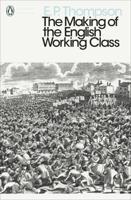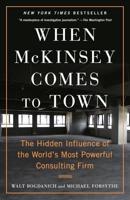Publisher's Synopsis
Once known worldwide as "Rosetown," Cromwell has enjoyed multiple identities in its nearly 370-year existence. Initially called Upper Houses, the village was a tiny religious and agricultural outpost of the larger Middletown colonial settlement on the Connecticut River. Gradually, substantial maritime activities developed to define the community. However, by the mid-19th century, Cromwell had become an independent rural town with small farms and businesses, its river port no longer of consequence. Later, the famed greenhouses and floral industry provided international recognition. Small manufacturers and quarries also contributed to the economy. By the late 20th century, the village had become a suburban community, its cohesion impacted by the construction of major highways as well as significant commercial and residential development. At each incarnation, the town has pushed out toward its defining geographic boundaries, and the conflict between the old and the new has created changing patterns of social, economic, and political organization.









